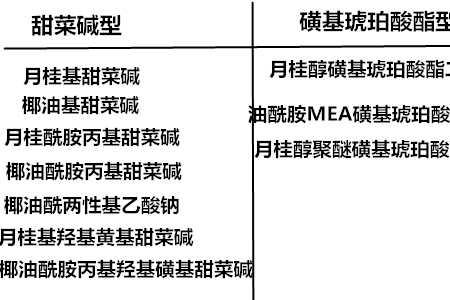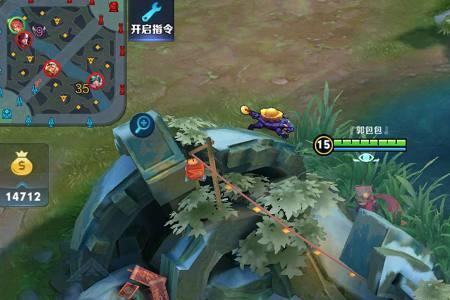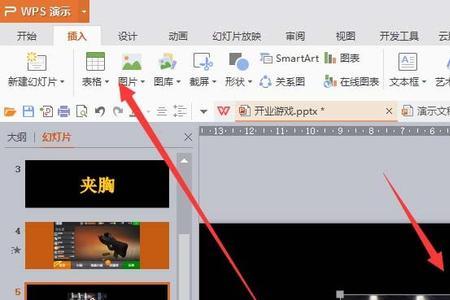如:
Many of the cafes operate in secret, with doors locked barred, turning them into fire traps.
句子成分:Many of the cafes (主语)operate(谓语) in secret(介词短语), with doors locked(locked作定语修饰doors) barred, turning(非谓语) them into fire traps.
turning是非谓语,逻辑主语是前面的doors locked,作doors的谓语。
这句话的大意是许多咖啡馆都是秘密经营,大门紧锁,成了火灾隐患。
正是因为大门紧缩,才会有火灾隐患。
turn的用法:
一、用作不及物动词时,有"转动转身变得"等意思。
如:
Everybody knows that the earth turns around the sun. 人人知道地球绕着太阳转。
The crocodile turned and swam back to the bank. 鳄鱼转身向河岸游去。
二、用作及物动词,有"翻转使变化"等意思。如:
He turned the sock inside out. 他把袜子的内层翻了出来。
This hot weather has turned the milk. 这炎热的天气使牛奶变酸了。
三、用作连系动词,意为"使得"。其中表语可用形容词和名词充当。如:
The leaves are turning brown. 叶子正在变黄。
The weather has turned cold. 天气变冷了。
四、用作名词,有"转弯处轮到"等意。如:
Take the second turn on the left. 在左边第二个转弯处拐弯。
It's your turn to read now. 现在轮到你读了。
五、由turn构成的常见短语
1、 by turns"轮流交替"。如:
We kept watch by turns. 我们轮流守望。
2、 in turn与turn in含义不同:前者属介词短语,意为"依次轮流"后者属动词短语,意为"交出上交"。试比较:
The children got on the train in turn. 孩子们依次上了火车。
Turn in your papers, please. 请把试卷交上来。
这里turning做什么成分
做状语,而且是条件状语,句子主语是you,动词是will see,宾语是the bus stop,主谓宾齐全,而向左转是看见车站这一结果的条件,只有状语才有包括条件状语,所以说turning是做状语






